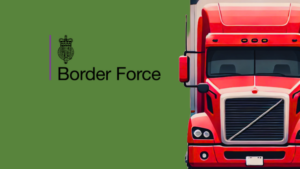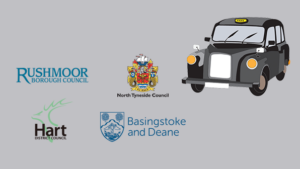
Preventing online harm through “safety by design”
Zaizi developed guidance for small and medium-sized UK organisations with an online presence, hosted on GOV.UK
The client
The Department for Digital, Culture, Media and Sport (DCMS)
Zaizi’s role
- Agile
- Architecture
- Service design
- Strategy
- User research
- UX & content design
The brief
Seventy per cent of UK citizens believe that social media companies don’t do enough to prevent illegal or unethical behaviour on their platforms. The full government response to the online harms white paper set out the government’s ambitions to make the UK the safest place in the world to go online.
It acknowledged the role of platform design in countering online harms and committed to developing guidance for small and medium-sized enterprises. The Department for Culture, Media and Sport (DCMS) asked Zaizi to help undertake user research and testing to develop this voluntary guidance for GOV.UK, to help small and medium-sized enterprises design safer online services and products.
The delivery
Zaizi created a suite of guidance content for GOV.UK. The interlinked pages spelt out the shape of future legislation, and offered practical steps to safer platform design.
We also supplied:
- recordings of contextual research and user testing sessions with designers, industry bodies and owners of small and medium-sized organisations
- a 61-page discovery phase wrap-up including key research findings, common themes, personas and user needs
- an affinity map and user flows
- design debt, pointing to areas that needed further research
- a post-project plan of future recommendations rooted in our research
- practical guidance on agile working practices, including risk logs, assumption tracking and hands-on training in tools such as Trello and Mural

Challenges
A quick turnaround
This project took place in a 10-week timeframe, which covered full Discovery, Alpha and Beta phases. Zaizi ensured we would meet this by:
- engaging stakeholders early and keeping a dialogue through regular stand-ups, playbacks, crits and research synthesis sessions
- tightly managing the feedback, review and iteration processes
- understanding the customer sign-off/governance process and mapping against our plans
A specialised user base
Finding research participants for this project was difficult. The user base was very specialised: small and medium-sized organisations with digital services that use user-generated content or peer-to-peer communication.
Zaizi contracted an external research company to aid in the research process. We contacted over 800 organisations, but recruitment was slow. We addressed the delay in user interviews by drafting content early and running the discovery and alpha phases in parallel, using some prior research supplied by DCMS. This allowed us to test some early assumptions. We also explored alternative routes to finding research participants, making use of personal networks, targeted social media posts and introductions from friendly industry bodies.
In the end we met our target, conducting contextual research and user testing sessions with a range of representative companies. This project underlined the importance of having several streams of research recruitment. Next time, we’ll explore more routes to finding research participants earlier in the process.
Legislation in the works
One of the aims for this guidance was to help companies design safer platforms in advance of new online safety legislation. The legislation is at Bill stage, and is therefore in draft form. This, coupled with the need to be clear about the voluntary nature of the guidance meant there was a limited amount we could tell our users about their future legal responsibilities and instead we focussed on the voluntary actions companies could take now to review and improve the design of their online platforms.
Zaizi’s finished guidance highlighted the legislation as much as possible, while offering recommendations around how DCMS might add to this guidance as the legislation takes shape.

“If it’s morally right, it’s probably good for business”
A platform owner
How we put our learnings into practice
No ‘one size fits all’ approach to online safety
The risk posed by online platforms depends on their specific features and functions – for instance, if they give users the ability to live stream, or send each other private messages. There is no ‘one size fits all’ approach to online safety. For that reason, we ensured the guidance let users navigate straight to the content that was relevant to them.
Addressing the future legislation
Although the legislation was still at a draft stage and the guidance voluntary, it was important to tell users as much as possible about the shape of the future legislation because:
- our research showed a clear user need – people wanted to know how the new laws would affect them
- it was necessary to inform users of what they had to do now to merit publication as guidance content on GOV.UK
- without it, users worried they were not able to find what they were looking for
Demystifying online harms
Many small and medium-sized organisations had little concept of online harms, or who was responsible for harms that happened on their online platform. This guidance succinctly explained what an online harm is. It also aimed to explain an organisation’s current and future responsibilities when harm occurs on their online platform.
We also knew some users would be coming to this content reactively, so the guidance pointed to existing GOV.UK resources for reporting online harms.




